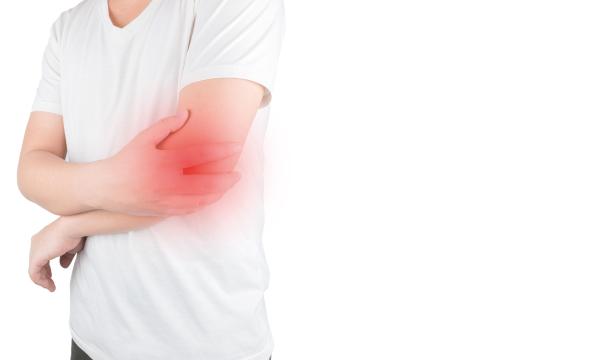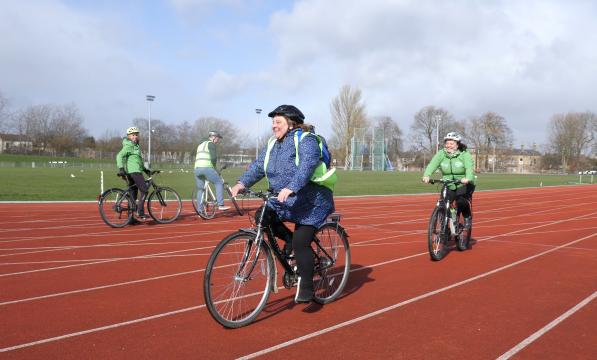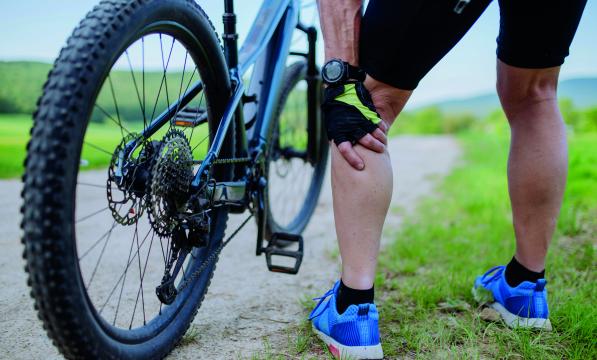Q&As: your health and cycling – injury and incident

How safe are cycle trailers?
Q I enjoyed the recent article about touring with a two-year-old. We have just bought a cycle trailer for our one-year-old daughter which has no suspension, to use for trips around town and touring. The roads in our area are in a poor state, with numerous potholes. She sits on a two-inch foam block to try to insulate her from the bumps and we try to cycle slowly.
Is there a significant risk of brain injury from the vibrations, and if there is, what can be done to mitigate this?
Alison Dugmore
A I think the simple answer to your question is no: I am not aware of any significant risk of brain injury to a child from the vibrations caused by a particularly bumpy ride in a cycle trailer. It would be fair to say that there is a lack of evidence on this subject but in general, the forces required to cause brain injury would be much greater than those sustained during a rough ride in a cycle trailer.
The pneumatic tyres will act as a partial shock absorber from bumps and potholes. If the ride is very rough, you could consider buying a trailer with suspension but this is not usually necessary.
Most young children enjoy riding in a cycle trailer and will let you know if they’re not happy – sometimes a bit of bumping around adds to the fun! Children can sit in a cycle-trailer seat without any additional support once they can comfortably sit up. This age varies but is usually by around 9-12 months.
If you haven’t done so already, it would be worth reporting all these potholes to your local authority. Some are better than others at taking action but if they’re aware of the problem, they’re more likely to do something about it.
Dr Matt Brooks
First published in the August/September 2014 issue of Cycle magazine.
Overweight cyclist
Q Does being obese (for example, having a BMI of 34) make it harder to balance on a bicycle? And if one was unlucky enough to fall off, and land on an arm (as opposed to a leg that was used to bearing the weight) would one be more likely to break something? What advice would you give to such a rider who had suffered a fall, but was thinking of returning to cycling?
Peter Hall
A This is an interesting question and not as straightforward as you might think. Obesity is described as a BMI (body mass index) more than 30. A BMI of between 25 and 30 is considered ‘overweight’.
Being underweight (a BMI less than 18.5) is known to increase the risk of some fractures. However, it is a complex pattern, as highlighted by a study this year which looked at the relationship of weight, height and BMI with fracture risk at different sites in post-menopausal women.
There was some evidence that hip, spine and wrist fractures were more likely with lower BMI. For upper arm, shoulder and clavicle fractures, only height was significantly associated.
The authors concluded that the relationships between fracture and weight, BMI and height are site specific. The different associations may be at least partly explained by effects on bone density, bone structure and geometry, and patterns of falling.
While I am no expert in mechanics, from basic principles it seems likely that obesity would make it more difficult to balance, particularly at low speeds.
My advice to any overweight rider considering a return to cycling would be to go for it. Cycling is an excellent low-impact activity which offers great benefits to health and these should far outweigh any risks. And it’s a good way to lose weight. So get back on the bike but take it steadily to start with, until you build up confidence and improve fitness.
Dr Matt Brooks









